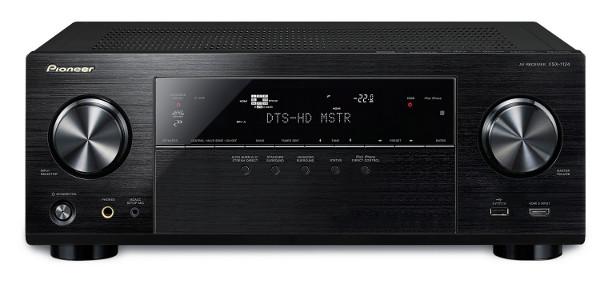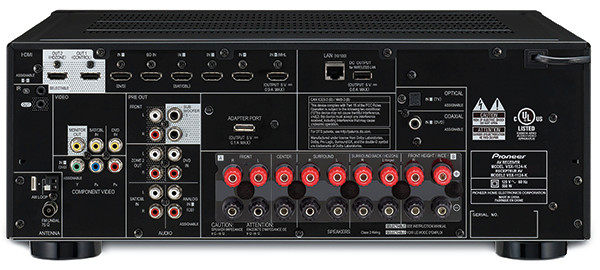I had been waiting for a review of this receiver, however, I broke down and bought it a week ago not having seen a detailed review like this. Had I waited for your review, I probably wouldn't have bought the receiver after seeing the up -scaling test. I never really use the up-scaling so it isn't a huge concern for me in hindsight.
That's said I have been very happy with it and I'm glad I purchased the receiver. It replaced a 5 year old Yamaha receiver. The sound is nothing short of amazing and the MCACC calibration worked great and was easy to use.
I use it to upscale my cable box from 1080i to my 1080p TV and have noticed absolutely no up scaling issues (though admit I haven't viewed your test material). There is an update available for this receiver that I installed. I'm wondering if you installed the update before conducting your review? If not, do you think the update may have addressed any of the up-scaling issues? Could this also have been a defective receiver? If my memory serves me correctly, last years equivalent Pioneer model faired much better in up-scaling testing.
While I agree this doesn't have HDCP 2.2 DRM, I wouldn't say that is an issue. UHD is still far from being commonly used and I personally don't beleive that it will be common place in the coming years. TV providers still don't even transmit TV signals in full HDTV 1080p (stuck with 720p or 1080i) and the amount of Internet bandwidth needed to stream UHD content is out of reach for most internet users in North America. Just because Sony and Netflix stream in UHD won't make me run out to buy an UHD TV. Even if UHD content somehow manages to become fairly common by then I'll probably be in the market for a new receiver anyhow.
If you are reading this and considering purchasing this receiver I highly recommend it. Amazing sound for not much money and I highly recommend it.




































































